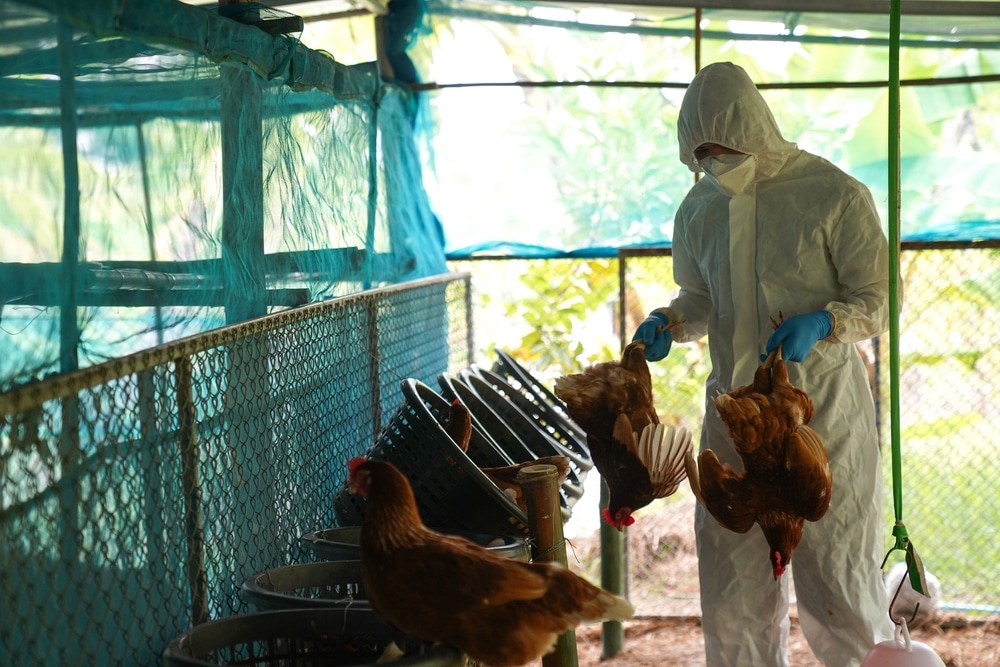Chronic wasting disease, a deadly neurological infectious disease that affects deer, elk and moose, is spreading across North America. Most recently detected in North Carolina in March 2022, CWD has been confirmed in 30 U.S. states and four Canadian provinces, as well as Norway, Finland, Sweden and South Korea.
Dr. Allan Houston, a professor of forest and wildlife ecology at the University of Tennessee’s 18,400-acre Ames AgResearch and Education Center in western Tennessee, explains what is known about CWD and what wildlife scientists are trying to learn.
Chronic wasting disease is contagious and relentless. There is no cure, no way to test living animals, and once infections are introduced into wild populations, there is no realistic way to stop them from spreading.
An infected deer typically will survive for 18 months to two years. There’s a long incubation period in which they don’t usually show symptoms, but as the disease progresses, the animals will begin to appear listless and lose weight.
In the final six weeks or so they can seem aimless and oblivious to danger, become emaciated and drool. They often stand with their legs spread like sawhorses, as if trying not to topple over.
These so-called “zombie deer” often get media attention, but as the disease progresses in the wild, deer become more susceptible to other diseases, less able to protect themselves, more prone to predation and more apt to be hit by cars. They rarely live long enough to become zombies.
Chronic wasting disease was first detected in the mid-1960s when penned deer in Colorado began to exhibit symptoms generally described as “wasting away.”
Researchers attributed it to stress until the late 1970s, when wildlife veterinarian Beth Williams performed necropsies on deer that had died of a similar syndrome. She found brain lesions consistent with transmissible spongiform encephalopathies – diseases of the nervous system that afflict both animals and humans.
In 1978, Williams and neuropathologist Stuart Young co-wrote the first scientific paper that described chronic wasting disease as a TSE. But the underlying cause remained a mystery.
A year later, neurologist Dr. Stanley Prusiner was studying TSE diseases and discovered that a very small protein could become misshapen and resistant to the body’s ability to take it apart. It entered cells, tricking them into replicating it, then moved into the lymph and nervous systems. Eventually, it moved to the brain, where small clumps aggregated and caused TSE. Prusiner called that nonliving, infectious protein a “prion.” (SOURCE)

















